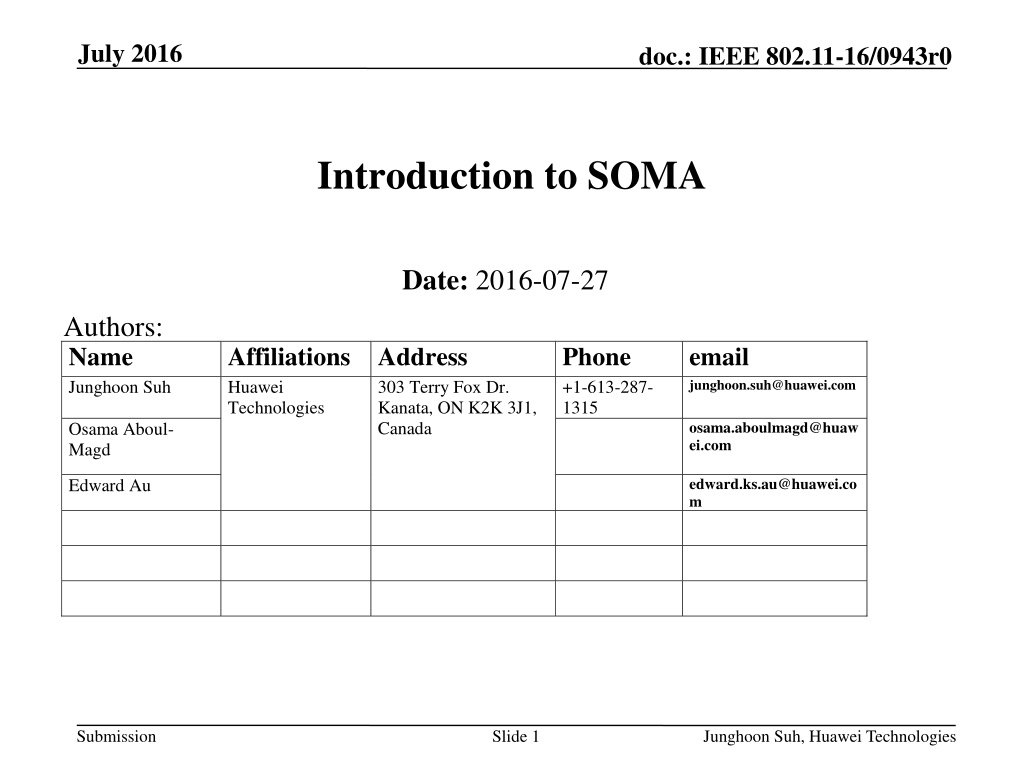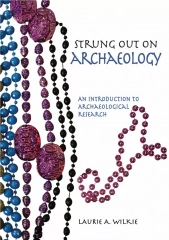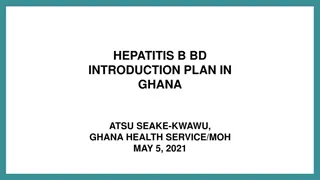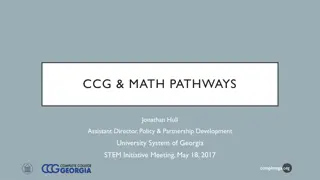Introduction to SOMA
This document introduces the concept of Superposition Transmission and Non-Orthogonal Multiple Access (NOMA) in wireless communication systems. It covers topics such as Radio Multiple Access techniques, MultiUser Superposition Transmission (MUST), and NOMA with adaptive power ratios. The content also discusses decoding processes for Near-UE and Far-UE, interference cancellation methods, and performance considerations in NOMA systems.
Download Presentation

Please find below an Image/Link to download the presentation.
The content on the website is provided AS IS for your information and personal use only. It may not be sold, licensed, or shared on other websites without obtaining consent from the author.If you encounter any issues during the download, it is possible that the publisher has removed the file from their server.
You are allowed to download the files provided on this website for personal or commercial use, subject to the condition that they are used lawfully. All files are the property of their respective owners.
The content on the website is provided AS IS for your information and personal use only. It may not be sold, licensed, or shared on other websites without obtaining consent from the author.
E N D
Presentation Transcript
July 2016 doc.: IEEE 802.11-16/0943r0 Introduction to SOMA Date: 2016-07-27 Authors: Name Junghoon Suh Affiliations Address Huawei Technologies Phone +1-613-287- 1315 email junghoon.suh@huawei.com 303 Terry Fox Dr. Kanata, ON K2K 3J1, Canada osama.aboulmagd@huaw ei.com edward.ks.au@huawei.co m Osama Aboul- Magd Edward Au Submission Slide 1 Junghoon Suh, Huawei Technologies
July 2016 doc.: IEEE 802.11-16/0943r0 Authors (continued): Name Affiliations Address Phone email Submission Slide 2 Junghoon Suh, Huawei Technologies
July 2016 doc.: IEEE 802.11-16/0943r0 Radio Multiple Access Orthogonal Multiple Access: TDMA, FDMA, CDMA, OFDMA TDMA Power Time Superposition Transmission Power Time Submission Slide 3 Junghoon Suh, Huawei Technologies
July 2016 doc.: IEEE 802.11-16/0943r0 Superposition Transmission = + x P s P s Transmission Signals 1 1 2 2 OMA Superposition P1 BW1=BW/2 Power Power BW2=BW/2 P2 SNR = 0dB Freq Freq BW SNR = 20dB OMA: P1 = P2 = 0.5 , R Superposition: P1 = 0.2, P2 = 0.8 2 N 2 2 P h P h 1 N 1 2 = + = + log 1 log 1 R 1 2 2 2 2 + P h 1 , 0 1 2 2 , 0 OMA 3.33 0.5 Superposition 4.39 (+32%) 0.74 (+48%) R1 (bps/Hz) R2 (bps/Hz) Source: Saito, et al, Non-Orthogonal Multiple Access for Cellular Future Radio Access , VTC, June 2013. Submission Slide 4 Junghoon Suh, Huawei Technologies
July 2016 doc.: IEEE 802.11-16/0943r0 MultiUser Superposition Transmission (MUST) as a Work Item of 3GPP LTE Receiver 2 (far UE) Decoded message 2 Message 2 Demod-decod Transmitter FarUE Low SNR Low capacity Message 1 Encoder (Intended for near UE) Com- biner Receiver 1 (near UE) Message 2 Demodulation Encoder (Intended for far UE) Message 2 Decoder SIC Near UE High SNR High capacity Decoded message 1 Message 1 decoder Source: 3GPP TSG RAN WG1 meeting 81, R1-152493 Submission Slide 5 Junghoon Suh, Huawei Technologies
July 2016 doc.: IEEE 802.11-16/0943r0 NOMA Non-Orthogonal Multiple Access Superposition transmission with adaptive power ratio on component constellations and non-Gray-mapped superposed constellation For Near-UE to decode Near-UE bits, Far-UE bits need to be known The Far-UE decodes its own signal, and treats Near-UE as noise Performance degradation, due to the non-white Gaussian noise with the Near-UE signal The Near-UE decodes the Far-UE signal, regenerate the interference caused by the Far UE message and cancel it from the received signal using Successive Interference Cancellation (SIC), then decodes its own signal Complexity and delay, when FEC based SIC is used Error propagation, when symbol-level SIC is used Far-UE bits Near-UE bits (1010) (1000) (0010) (0000) (1011) (1001) (0011) (0001) (1110) (1100) (0110) (0100) (1111) (1101) (0111) (0101) Example of NOMA superposed constellation Submission Slide 6 Junghoon Suh, Huawei Technologies
July 2016 doc.: IEEE 802.11-16/0943r0 SOMA Semi-Orthogonal Multiple Access Superposition transmission with adaptive power ratio on component constellations and Gray-mapped superposed constellation For Near-UE to decode Near-UE bits, Far-UE bits Not need to be known Far-UE bits Near-UE bits The Far-UE decodes its own signal, and treats Near-UE as noise just like NOMA (1011) (1001) (0001) (0011) (1010) (1010) (1000) (0000) (0010) The Near-UE performs the demodulation of the received signal, collecting the LLRs corresponding to the near coded bits, and then performs decoding of the near-UE codeword. (1110) (1100) (0100) (0110) Complexity in the Receiver side is reduced (1111) (1101) (0101) (0111) Example of SOMA superposed constellation Submission Slide 7 Junghoon Suh, Huawei Technologies
July 2016 doc.: IEEE 802.11-16/0943r0 System level simulation results Full buffer traffic model Cell average gain (%) Cell edge gain (%) 13.4 16.6 Burst buffer traffic model Throughput gain (%) Average UE Packet Throughput 2.3 11.8 15.7 Resource Utilization (%) 5% 50% 95% 66.2 87.8 3.5 3.7 16.5 0.0 6.4 Source : 3GPP LTE, R1-156110 NOMA and SOMA have the same system level performance FEC-SIC used for Near-UE of NOMA, and about 14% cell-avg and 17% cell edge gains achieved for full buffer traffic Gain varies according to the traffic load for burst traffic model, ~12% avg gain, and ~16% cell edge gain can be achieved. The gain increases as Resource Utilization increases Submission Slide 8 Junghoon Suh, Huawei Technologies
July 2016 doc.: IEEE 802.11-16/0943r0 How to consider Superposition Transmission in WLAN There are bits more reliable than others in a QAM constellation [4]. The bits more reliable may be scheduled for a STA in lower SNR channel The bits less reliable may be scheduled for a STA in higher SNR channel 4 bits for 16-QAM: i1i2q1q2 where i1i2 are the in-phase components and q1q2 are the quadrature-phase components. Here, i1 and q1 are the most reliable bits and i2 andq2 are the least reliable bits. In the same way, for 6 bits (i1i2i3q1q2q3) of 64-QAM, i1 and q1 are the most reliable bits, i2 andq2 are the medium reliable bits, and i3 andq3 are the most reliable bits. As for 256 QAM (i1i2i3i4q1q2q3q4) , i1 and q1 are the most reliable bits, i2 andq2 are the first medium reliable bits, i3 andq3 are the second medium reliable bits, and i4 andq4 are the least reliable bits. 16 QAM Constellation with Gray-mapping Submission Slide 9 Junghoon Suh, Huawei Technologies
July 2016 doc.: IEEE 802.11-16/0943r0 SOMA of WLAN Those more and less reliable bits will be superposed in a constellation symbol for the scheduling of multiple STAs Semi Orthogonal Multiple Access (SOMA) When the adaptive power ratio, is 0.5 to the component constellations, then the SOMA of WLAN is identical to the SOMA of 3GPP LTE. STA2 STA1 Submission Slide 10 Junghoon Suh, Huawei Technologies
July 2016 doc.: IEEE 802.11-16/0943r0 Summary Superposition Transmission shows quite good throughput gain against the OFDMA transmission without it SOMA achieves the same performance as the NOMA, but with the simpler receiver algorithm Little change may be needed to the WLAN when we design the SOMA thoughtfully Detail design, corresponding signaling, and the performance verification will follow Submission Slide 11 Junghoon Suh, Huawei Technologies
July 2016 doc.: IEEE 802.11-16/0943r0 References [1] Saito, et al, Non-Orthogonal Multiple Access (NOMA) for Cellular Future Radio Access, VTC 13, June 2013. [2] 3GPP TSG RAN WG1 meeting 81, R1-152493 [3] 3GPP TSG RAN WG1 meeting 82, R1-156110 [4] S80216m-08_771r2, IEEE 802.16m-08_771r1, Enhanced HARQ Scheme with Signal Constellation Rearrangement Submission Slide 12 Junghoon Suh, Huawei Technologies










